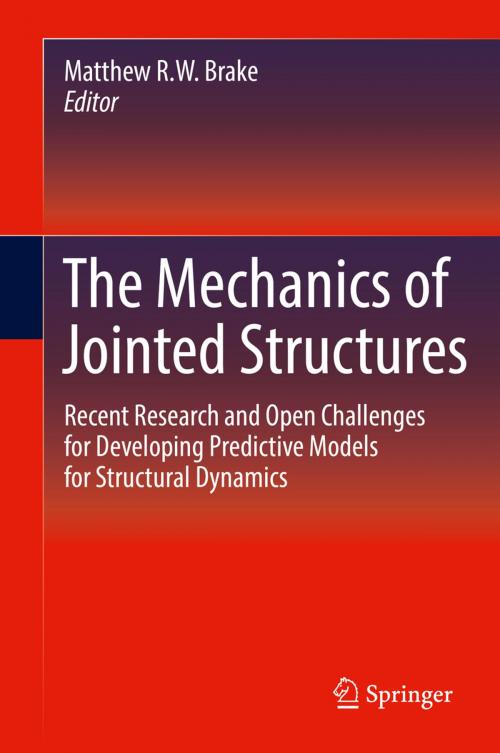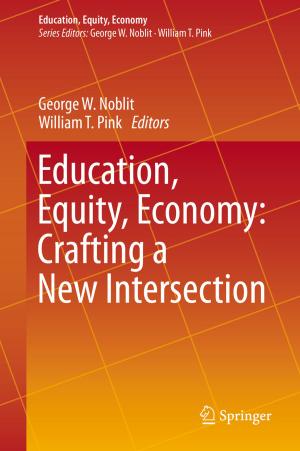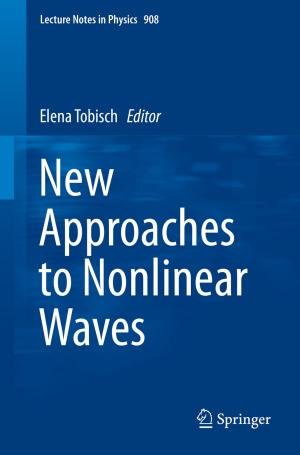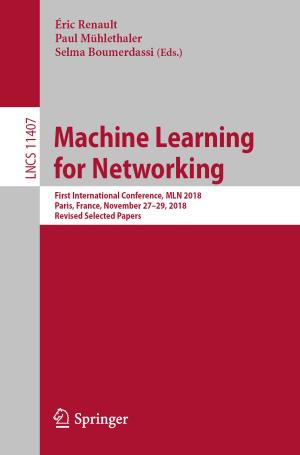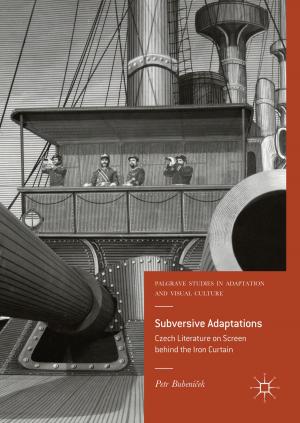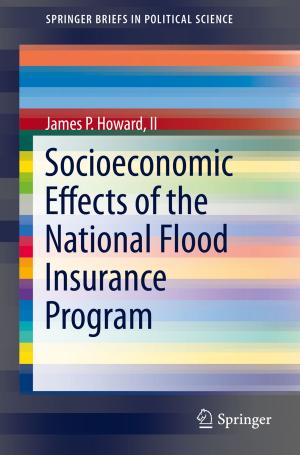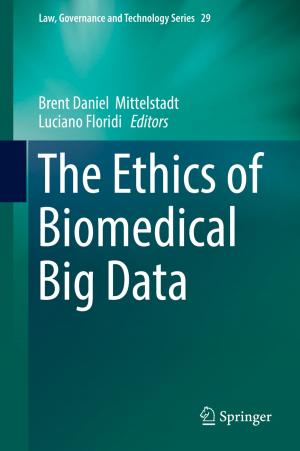The Mechanics of Jointed Structures
Recent Research and Open Challenges for Developing Predictive Models for Structural Dynamics
Nonfiction, Science & Nature, Science, Physics, Mechanics, Technology| Author: | ISBN: | 9783319568188 | |
| Publisher: | Springer International Publishing | Publication: | July 11, 2017 |
| Imprint: | Springer | Language: | English |
| Author: | |
| ISBN: | 9783319568188 |
| Publisher: | Springer International Publishing |
| Publication: | July 11, 2017 |
| Imprint: | Springer |
| Language: | English |
This book introduces the challenges inherent in jointed structures and guides researchers to the still-open, pressing challenges that need to be solved to advance this critical field. The authors cover multiple facets of interfacial mechanics that pertain to jointed structures: tribological modeling and measurements of the interface surfaces, constitutive modeling of joints, numerical reduction techniques for structures with joints, and uncertainty quantification and propagation for these structures. Thus, the key subspecialties addressed are model reduction for nonlinear systems, uncertainty quantification, constitutive modeling of joints, and measurements of interfacial mechanics properties (including tribology). The diverse contributions to this volume fill a much needed void in the literature and present to a new generation of joints researchers the potential challenges that they can engage in in order to advance the state of the art.
- Clearly defines internationally recognized challenges in joint mechanics/jointed structures and provides a comprehensive assessment of the state-of-the-art for joint modeling;
- Identifies open research questions facing joint mechanics;
- Details methodologies for accounting for uncertainties (due both to missing physics and variability) in joints;
- Explains and illustrates best-practices for measuring joints’ properties experimentally;
- Maximizes reader understanding of modeling joint dynamics with a comparison of multiple approaches.
This book introduces the challenges inherent in jointed structures and guides researchers to the still-open, pressing challenges that need to be solved to advance this critical field. The authors cover multiple facets of interfacial mechanics that pertain to jointed structures: tribological modeling and measurements of the interface surfaces, constitutive modeling of joints, numerical reduction techniques for structures with joints, and uncertainty quantification and propagation for these structures. Thus, the key subspecialties addressed are model reduction for nonlinear systems, uncertainty quantification, constitutive modeling of joints, and measurements of interfacial mechanics properties (including tribology). The diverse contributions to this volume fill a much needed void in the literature and present to a new generation of joints researchers the potential challenges that they can engage in in order to advance the state of the art.
- Clearly defines internationally recognized challenges in joint mechanics/jointed structures and provides a comprehensive assessment of the state-of-the-art for joint modeling;
- Identifies open research questions facing joint mechanics;
- Details methodologies for accounting for uncertainties (due both to missing physics and variability) in joints;
- Explains and illustrates best-practices for measuring joints’ properties experimentally;
- Maximizes reader understanding of modeling joint dynamics with a comparison of multiple approaches.
